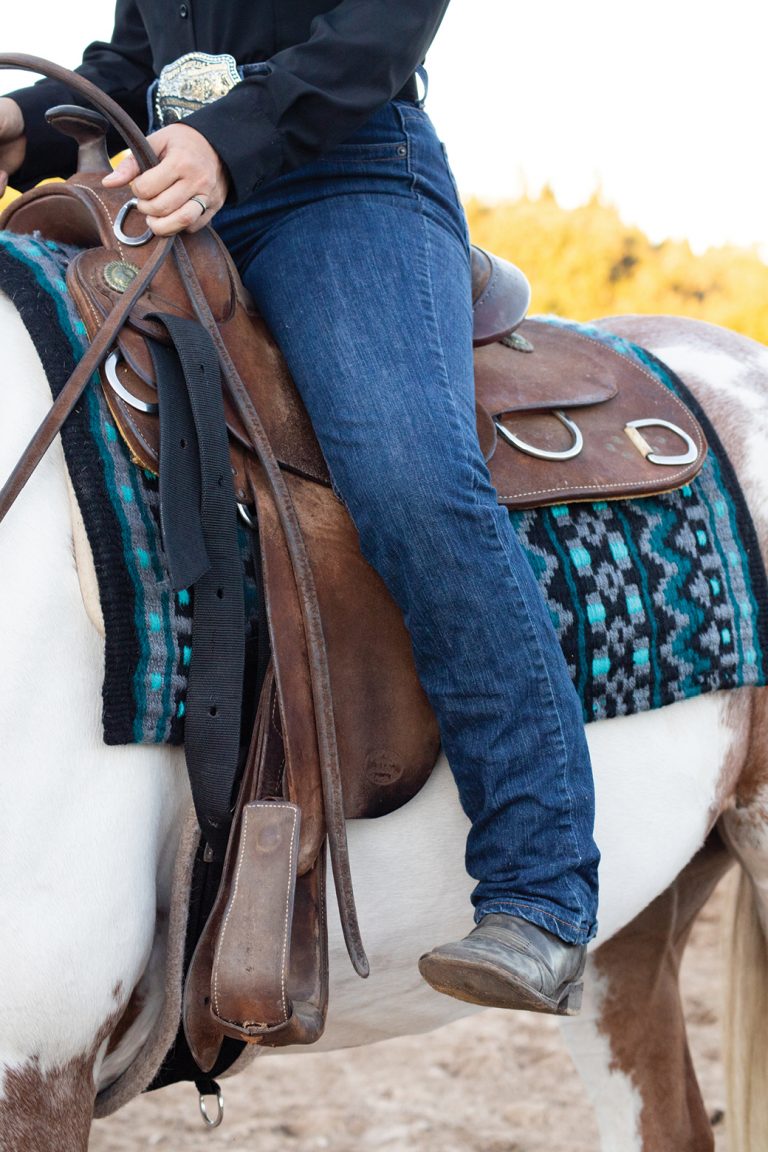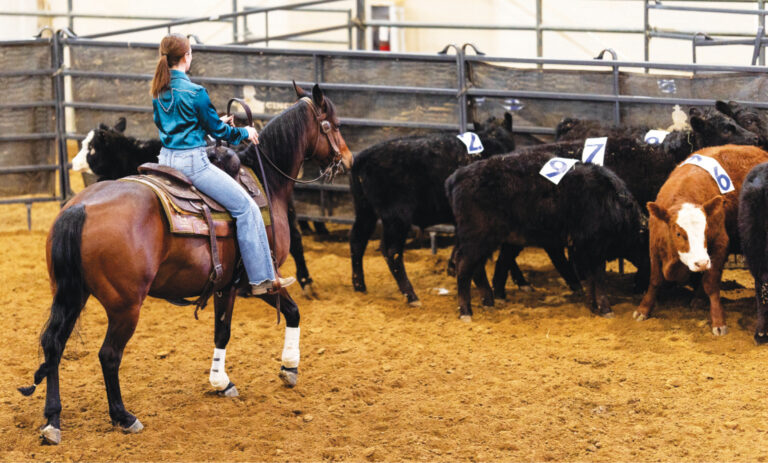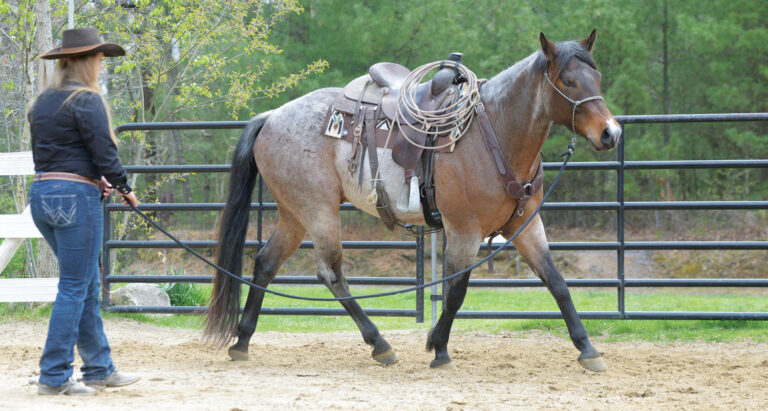This article is part of our Equine Fencing Awareness Campaign, brought to you by Bekaert Fencing.
When making decisions about installing or replacing fencing, most people go about it backwards. They start by making a list of fence types available in their region, and then choose one, usually based on installation costs and aesthetics. These factors are important, but your decision-making process should begin on the other side of the equation: What are your specific needs? Different types of fencing suit different horse-care situations. For example, two mellow retirees in a large, grassy pasture can be safely contained with fencing that might be entirely inappropriate for a large group of youngsters in a smaller enclosure.
Safety
Your horse will spend much of his time behind this fence, either grazing or in a dry lot. Make it a safe place for him to spend time. This means choosing materials that won’t break down quickly and thinking ahead to try and prevent equine mishaps.
If you’re using metal t-posts, spring for the plastic caps to cover the top of the post. Stretch wire tightly to avoid sagging or loose wires and be quick to repair any problem areas. The space between the bottom rail and the ground should be around 8-12 inches. This prevents a curious horse from becoming trapped, or a foal from rolling under the fence. Consider visibility as well, to prevent horses running through the fence in a panic or during playtime.
Durability
The strength and integrity of a fence comes from good posts, properly installed. Wire fences require tension, which means that corner assemblies and gate assemblies need to be braced against the pulling forces. Generally, when using wood posts, it’s best to use concrete to set corner assemblies and gate posts. Metal T-posts benefit from having sturdy wood corner and gate assemblies as well. These are an absolute requirement for high-tensile wire.
When choosing a barrier or a post, keep durability in mind. Will this fence have any give if a horse gets pushed into it during horseplay? Can a horse easily break this, causing a safety hazard? Will you need to be replacing this fence often, or be doing constant upkeep? These are all things to consider when choosing fencing.
Aesthetics
Although our priority is always the safety of our horse, aesthetics can play a role in this. Fences that are sagging, loose, or rotting, can not only be an eyesore, but a safety hazard.
When choosing your next equine fencing options, consider what aesthetic will match your property. A strong, good-looking fence can even raise your property value. Although many might opt for wood or pvc fencing for the eye-catching appeal, other options can be aesthetically pleasing. There’s no reason that wire fencing can’t look great if it is stretched tight and posts are planted straight and even.

Cost
Budgeting is an important part of being a horse owner, it’s no secret that horses are expensive. When planning out your next fencing project, budget might be at the forefront of your mind. Spend some time comparing prices between fencing companies, or stores, to get an idea of price-points on different options.
It’s worth considering investing more money upfront on quality materials, than having to replace cheaper materials more often. This also applies to spending a little more on safer materials, rather than high vet bills down the road. It’s also worth considering a fencing contractor, although the initial cost might be higher, as they have tools and equipment to get the job done quickly and effectively.
Again, different materials have different costs. Wood posts are more expensive than metal t-posts, but each have their place. PVC fencing is pricey, but aesthetically appealing. Wire fencing can be very effective, but don’t cut corners with the installation.
Purpose
When building a new fence, you’ll want to determine what the purpose is of the enclosure. Will this be a rotational grazing pasture? A dry lot corral? A temporary pen? Or a permanent enclosure where your horse will spend much of his time?
The purpose of your enclosure will determine what materials you should use, and how much you’ll need. A pen of retired, senior horses might be easier to contain than young, high-energy horses. If you’re rotating pastures, you might want more of a temporary fence that you can easily move with your grazing schedule. If you own draft horses, your fencing needs might be different than someone who raises ponies.
Also consider, what’s on the other side of your enclosure? The consequences of your horses escaping will determine how impenetrable it needs to be. Is there dangerous terrain (ditches, heavy undergrowth/downfall, etc.) or equipment? Is there a busy highway nearby?
Consider both the potential dangers (to your horses and to neighbors, passing drivers, etc.) and the consequences to your pocketbook and neighborhood relations. What if he tramples the grapes of a nearby vineyard or a neighbor’s prize tulips? Or perhaps you live in a very remote area surrounded by relatively safe terrain and extremely understanding neighbors. Regardless, consider what type of enclosure you’re building, as well as what you are trying to fence OUT when you choose materials.




